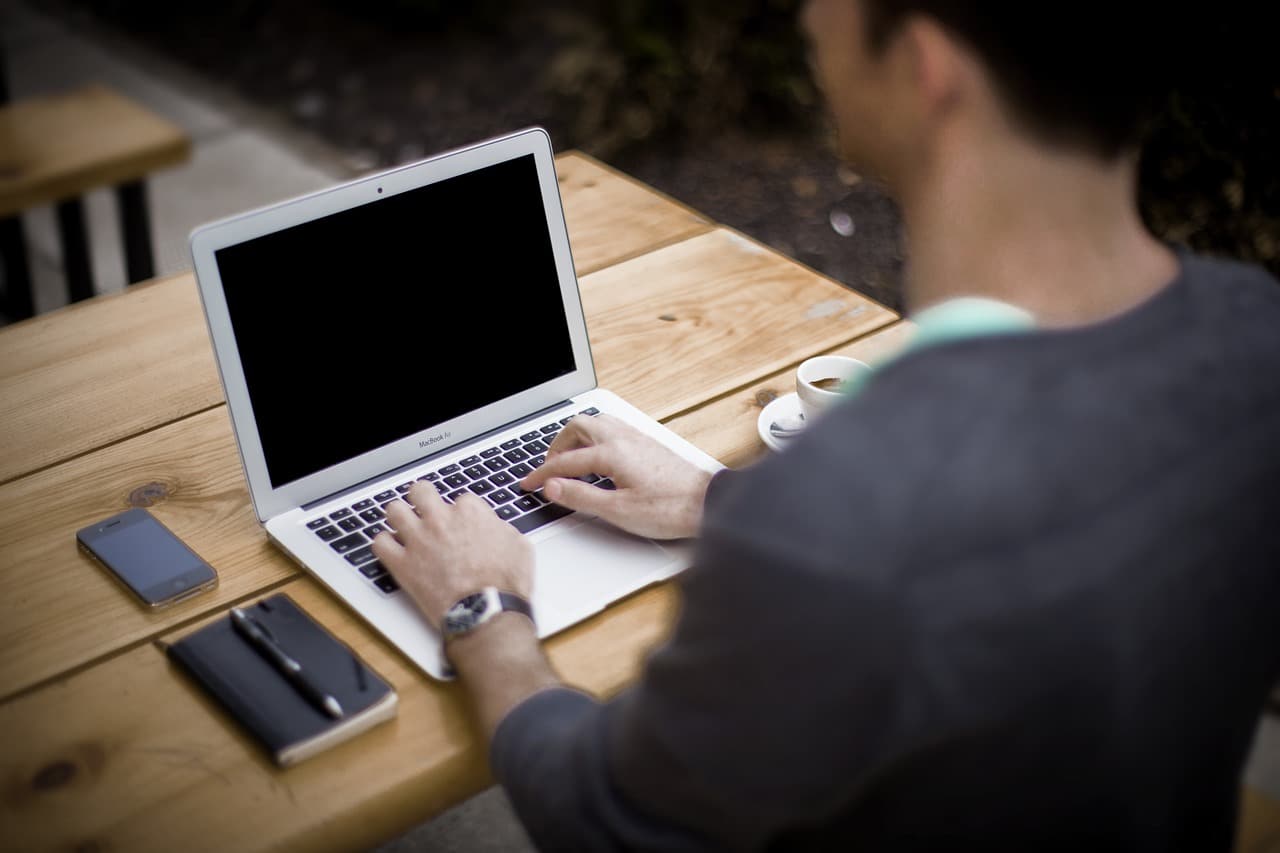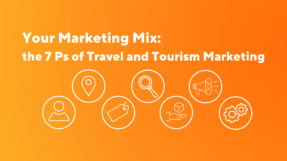
According to Google research 60% of leisure travellers are turning to the web to do their research for upcoming trips. This includes destination information and things to do in destinations. Although travellers tend to look for things to do in destination much closer to the actual travel date, their are continuing their research using Google as their starting point. This means, that as a tour operator, you need to make sure that these leisure travellers can find and book your services quickly and easily. So how do you make sure that your website is showing up in the Google search results? Let’s go through some search engine basics designed for tour and activity operators:
1. Offer relevant content. Google relies on content to determine how relevant the website is to the search query made by the customer. The more detailed and interesting your content is, the more likely it will rank well for search results that are relevant to you. Quality organic search placement seldom comes without good quality content.
2. Offer unique content based on varying search queries. This one is a bit more complex, but essentially you should be considering creating different content based on how people might ask for your content. For example, if you are a wine tour operator, you may want to create content that targets “Wine tour” as well as “Vineyard tours” or other variations.
3. Create content for your readers not for Google. Google likes content that is designed for people and not for search engines. Make sure that your content is easy to read and written for a human audience. Avoid having blocks of hidden text, lots of repetitive keywords, or common misspellings. If the content is relevant to people, the content will most probably be relevant and score well with Google.
4. Create content that is fresh and timely. This means creating content on a relatively frequent basis. For example, if you’re a tour operator based in London, you may write a weekly post about a restaurant that you really like or a hidden attraction that you want to share. The more frequently you produce content, the more relevant your site will become.
5. Write better link text. Links tell the reader and search engine a little bit about the page that the link is pointing to. Make sure that the link text is descriptive and relevant to the page to which the link is pointing. An important thing to remember is to make sure that your links are formatted so that they are easily spotted by readers. There is nothing worse that formatting a link so that readers can’t see it. Your links serve a purpose, make sure they can be found.
6. Make your site easy to navigate. Organize your site into an easy to understand navigation structure. If you are using a content management system like WordPress, then this is relatively easy to achieve using the page structure. By using a booking system like Rezgo, your tour data will already be organized into an easy to navigate structure, so you don’t need to worry about that part of your site.
7. Use heading tags appropriately. Heading tags are often used to emphasize the title of a page but they are also used to tell Google the structure of the page. It’s important to make sure that when you use heading tags that you don’t overuse them and that you use them appropriately. For example, make sure that you have one main heading that is set to H1, secondary headings can be assigned the H2 tag, and so forth.
8. Make sure your site is mobile friendly. A large portion of visitors to your site (over 25% and growing) are on their smartphones. When they search for content, Google prefers to show these users content that has been optimized for mobile devices. If you are using WordPress, there are plenty of responsive themes available that will automatically provide mobile compatibility.
9. Create a sitemap for your visitors and for the search engines. A sitemap helps to tell Google what pages it should be looking for when it indexes your site. If you have created a basic website, you should create a XML sitemap and submit it to Google using the Google Webmaster tools site. You should also create a page on your site called “sitemap” that has links to all the pages you want visitors to find on your site. If you’ve never created an XML sitemap, you can use this handy online XML sitemap tool to create one for your site.
10. Use free webmaster tools. There are a lot of excellent tools out there to help you improve your website. The most powerful and useful set come from Google itself. If you haven’t already set-up a Google account, you should get one right now. Once you’ve created your account, set-up an account at the following sites:
- Google Analytics – An excellent and free analytics package that will help you keep track of your visitors.
- Google Webmaster Help – This is a Google resource to help website owners improve their sites and avoid common pitfalls.
- Google Search Console – A dashboard provided by Google to help you submit sitemaps, check your site for common errors, and notify you of problems that need fixing.
SEO is an ongoing process, so plan to spend a bit of time each week to visit your site and some of these resources in order to make adjustments or improvements. Like anything in your business, the more time and attention you spend, the more you can expect to get back from your efforts.
If you have any tips for improving SEO or things you think other tour and activity operators would find useful, feel free to share in the comments below.





